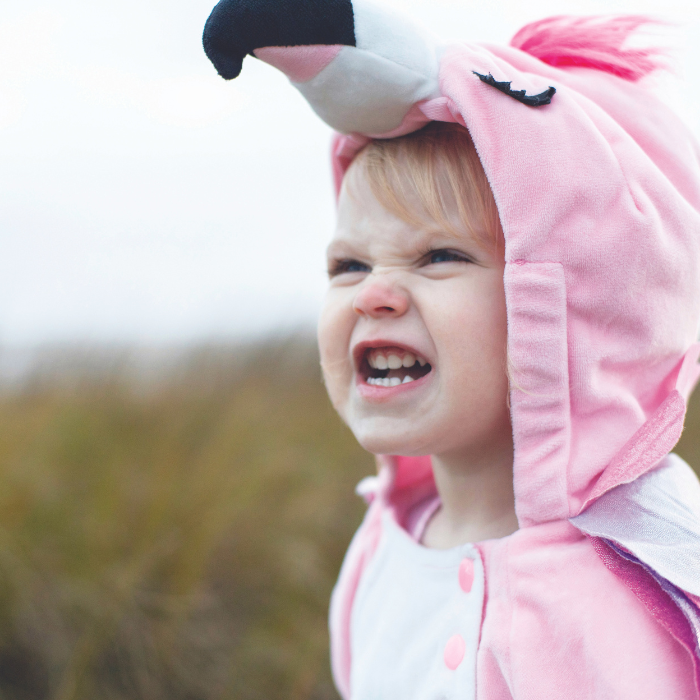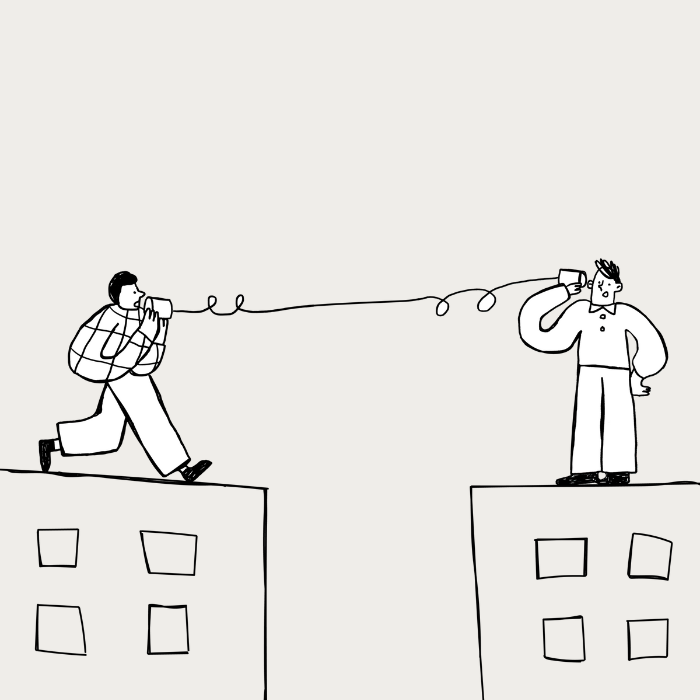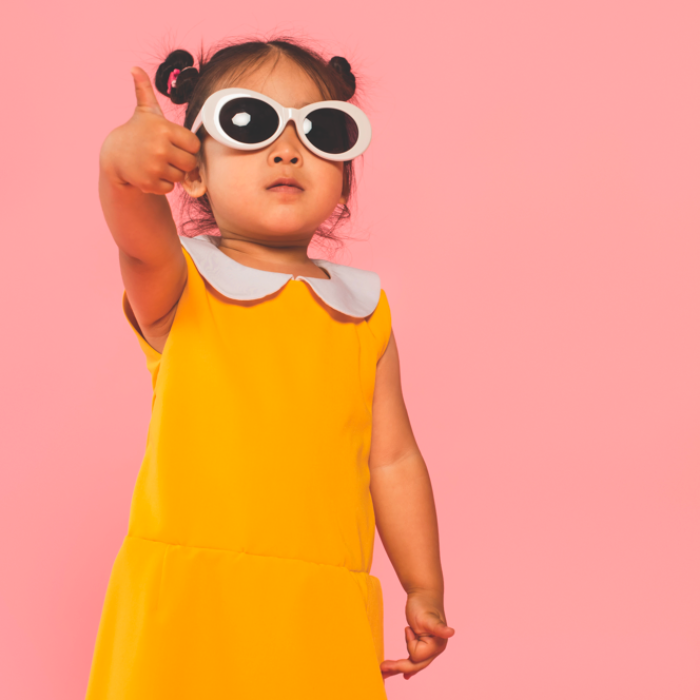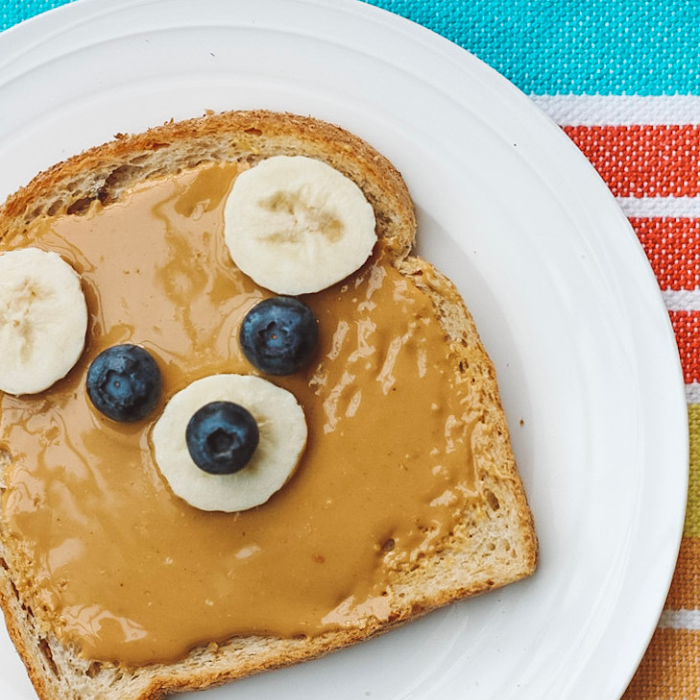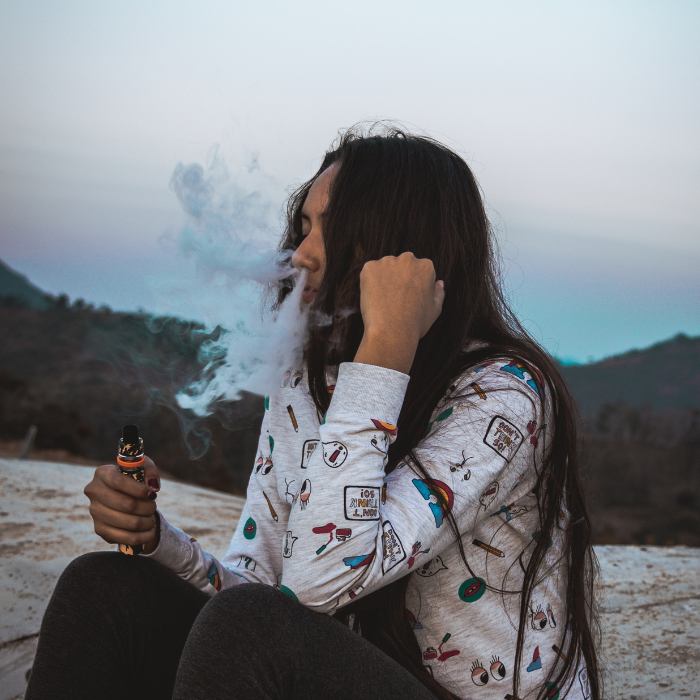
Where does a fear of an object, a place or a situation come from and what can we do to help? Childhood psychologist Lara Farrell explains.
Phobias are an intense fear of very specific things like objects, places, situations or animals. The most common phobias for children are phobias of specific animals such as dogs, cats or insects and places such as the doctor or dentist.. When someone suffers from a phobia, they tend to avoid these places or things at all costs, but that can be very hard and often leads to a lot of other problems. There are many different factors that might make it more likely for someone to develop a phobia. However, research tells us that to some degree specific phobias are learned. In addition, factors such as life experiences, your personality, and even how the people around you cope all contribute to developing a phobia or not.
What brings on phobia?
Specific phobias are very common, especially among children and adolescents. Research tells us that approximately 10 percent of children will experience a specific phobia, making this type of anxiety one of the most common anxiety disorders affecting young people.
Here are three main learning scenarios that may influence whether or not you develop a phobia.
1. Seeing other people (such as parents or friends) get really scared in a specific situation, or around a particular object or animal. This is called “modelling”. When you see someone else “model” a fear reaction to certain things, you may learn to be afraid of the same thing.
2. Hearing or reading scary stories about a situation, object or animal. For example, a parent who always tells you, “dogs are dangerous”, “never approach a dog”, “beware of dogs”, teaches you that ALL dogs are dangerous, ALL of the time, which may contribute to you developing a fear or phobia of dogs.
3. Having a frightening experience with a particular object, animal or situation. We call this “direct conditioning”. For example, you may have been growled at or even bitten by a dog; or been swept up in a rip in the ocean; or have had a tree fall on your house in a bad storm. These experiences are often very scary, and some children may then feel afraid whenever they are in that situation again.
It is important to remember, however, that not all children who see, hear or experience bad things develop a specific phobia. There are other things that might contribute. Research suggests phobias often run in families, so there may be a genetic link. Personality (or what doctors call “temperament”) may even play a role.
Can we protect our kids from fear?
The good news is that there are many other factors that might help to protect children or adolescents from developing a phobia, even if you have had a very bad experience. For example, support from family and friends can help and comfort you when something scary happens.
Some research suggests that being optimistic can protect you from fear. Being someone who thinks about the world and themselves in a really positive way – seeing the glass half full instead of half empty – may reduce the impact of or development of anxiety and fears.
And finally, the most powerful way to stop a fear turning into a phobia is to face your fears (only in certain scenarios of course, use common sense) – even when you feel nervous or scared. For example, you might feel really scared about giving a speech. But if you practise and do some public speaking, you might realise it’s not as bad as you imagined! This builds resilience and confidence; you’re braver and stronger than you know.
Don’t be afraid to seek help
Childhood fears, such as fear of the dark, of monsters or of being left alone, are common, and most children outgrow them. But if your child has a persistent, excessive fear that interferes with daily functioning at home or school, talk to your child’s doctor.
This article is republished from theconversation.com under a creative commons licence.



